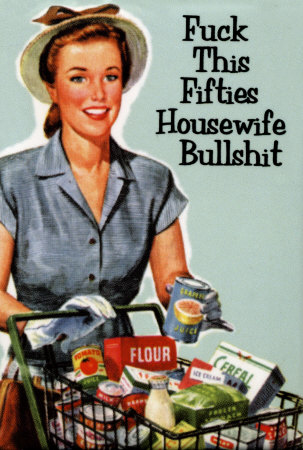On thing that I find most interesting about Molloy is attempting to work out what it is that he understands. I am thinking specifically of the instant at the beginning of the novel when Molloy is arrested. He does not seem to understand exactly why he has been arrested other than a lack of papers. He can not tell the officers anything about who he is at first and I see it as a lack of competence; however, his language in the text at times comes across as very competent. For example Molloy claims, "This should all be re-written in the pluperfect (20.)" This shows that he has a functioning knowledge of how language should work, and that he is the person dictating the information we are receiving. But it seems that he is unable to separate the information we benefit by knowing, and the information that is more generally kept inside. I can't help but thinking that Molloy does not keep statements like this inside because he has trouble conjuring memories and by expressing even the irrelevant ones he is able to access that information later; however, he claims that the does not re-read his work. Maybe he wants not just to access this information in the future but simply lay claim to the fact that he has this knowledge in the first place?
What I am trying to say is that Molloy comes across to me in layers, and I have to work through most of what he is saying, or attempting to say, in order to place him in the situation he his relaying.
What I am trying to say is that Molloy comes across to me in layers, and I have to work through most of what he is saying, or attempting to say, in order to place him in the situation he his relaying.



















